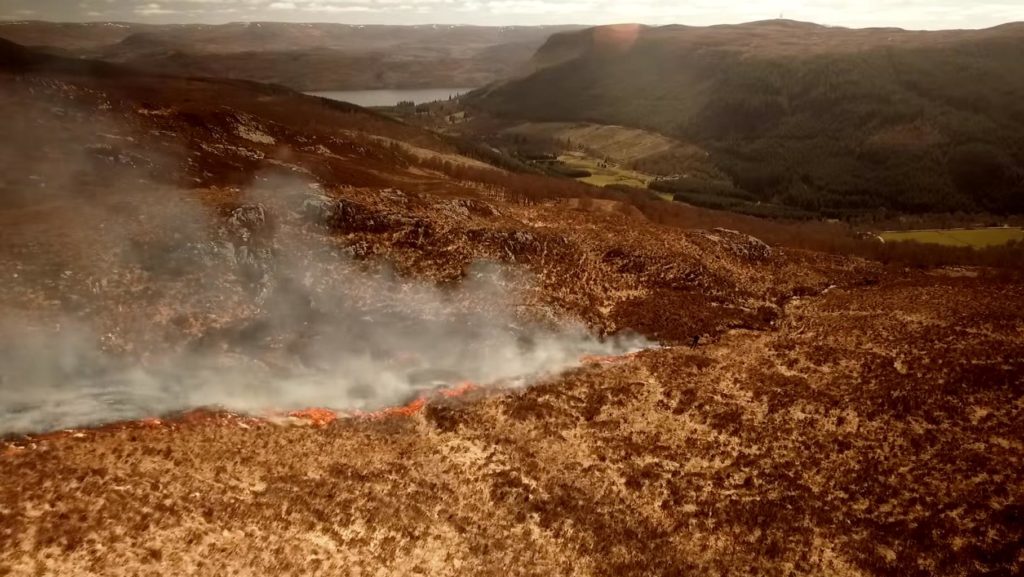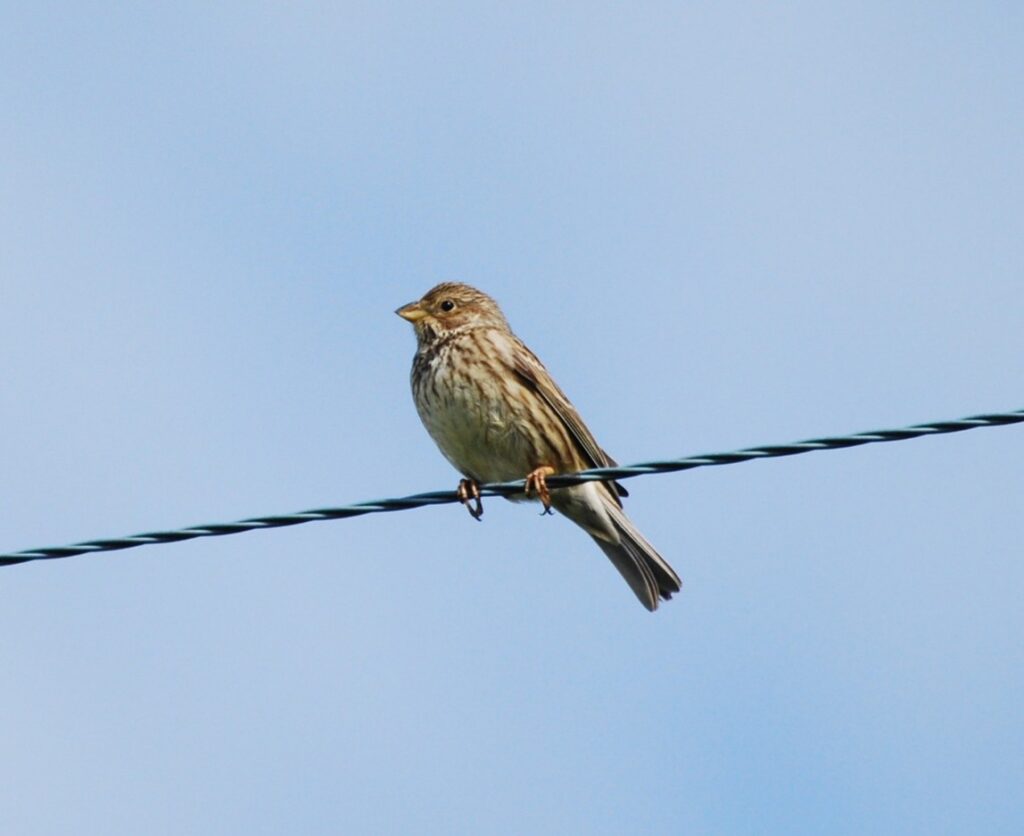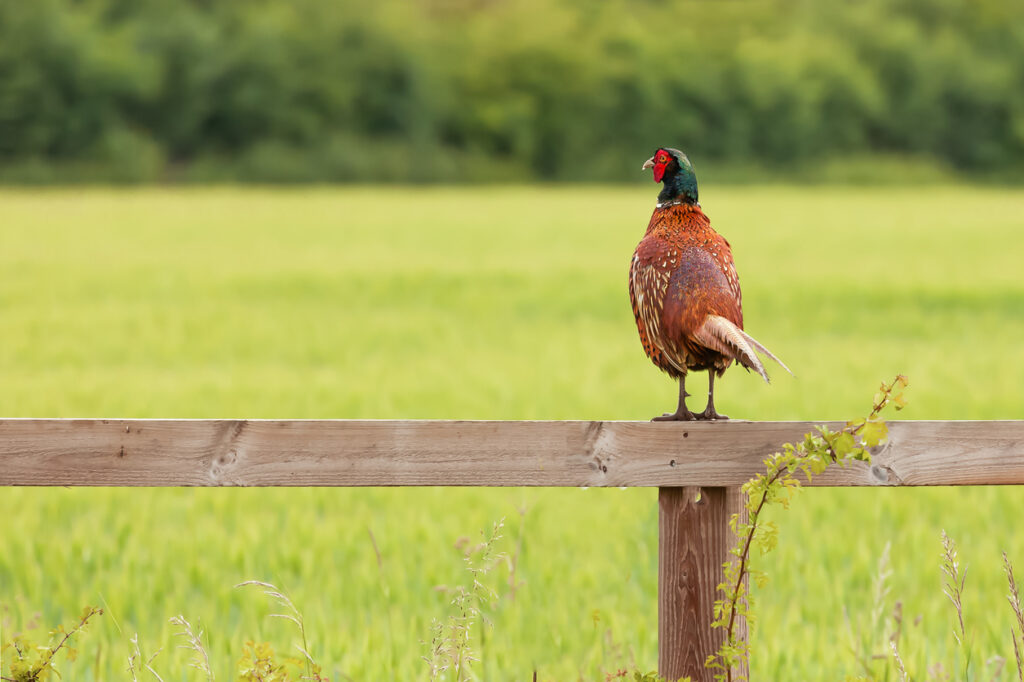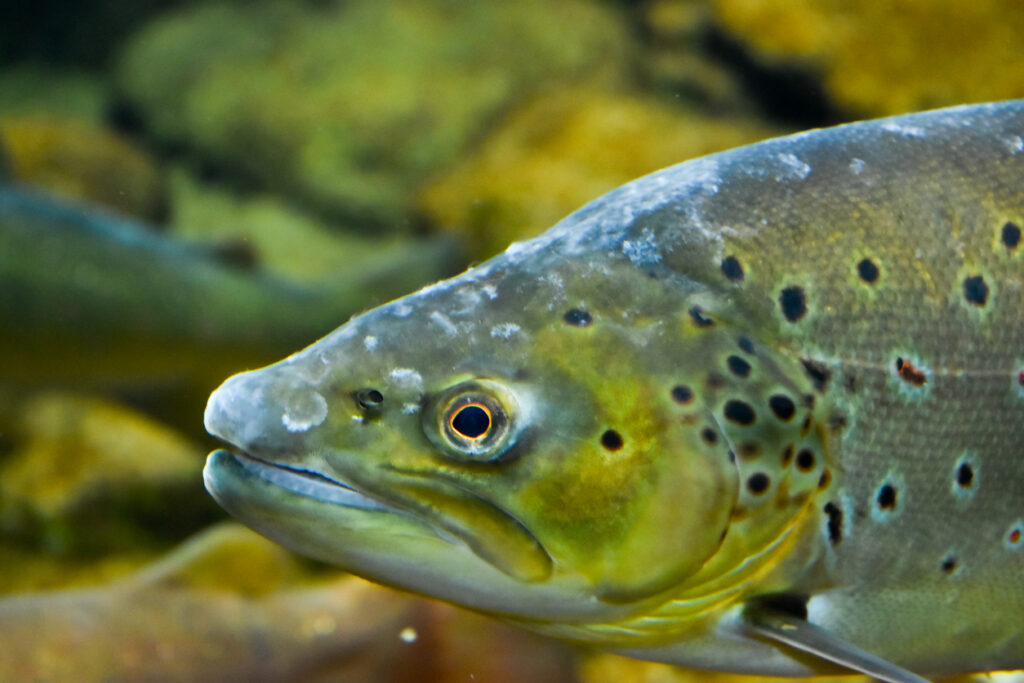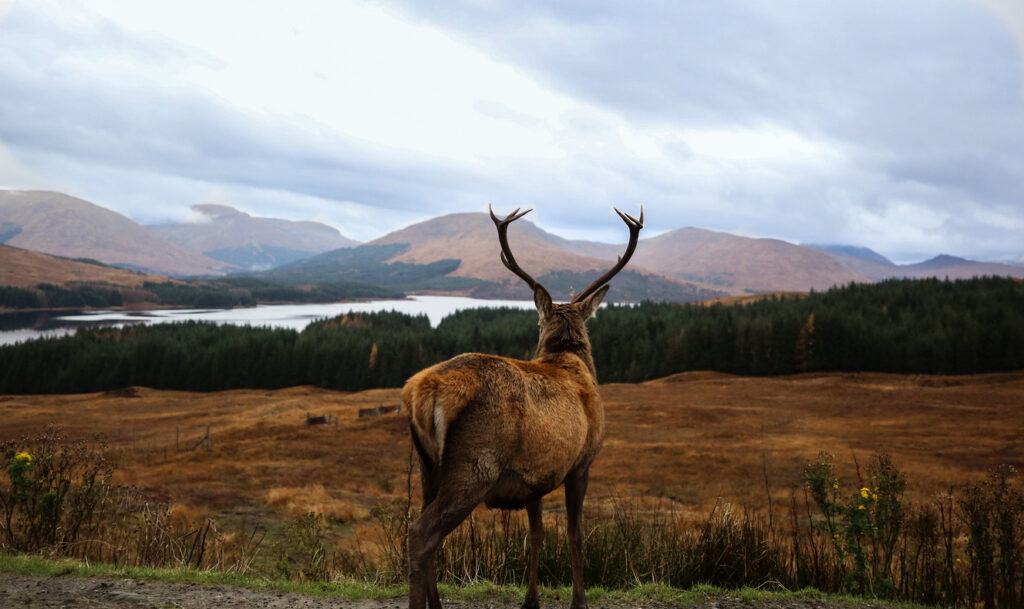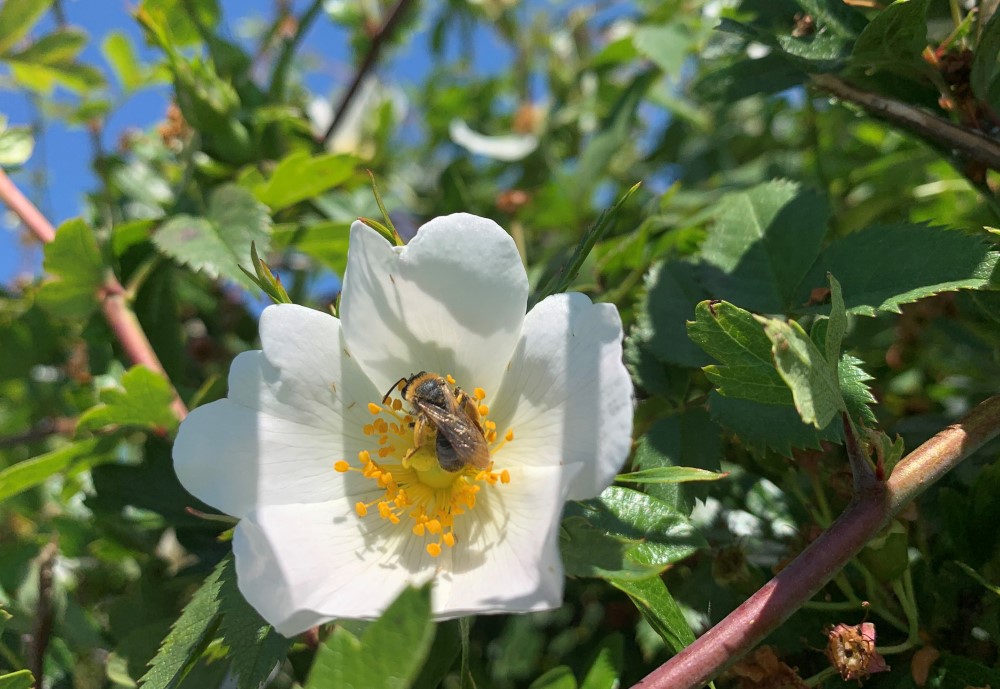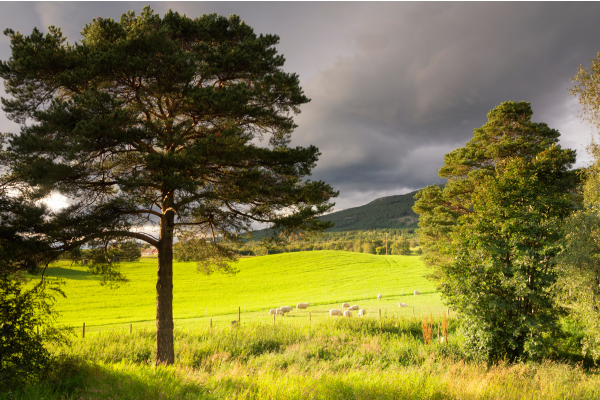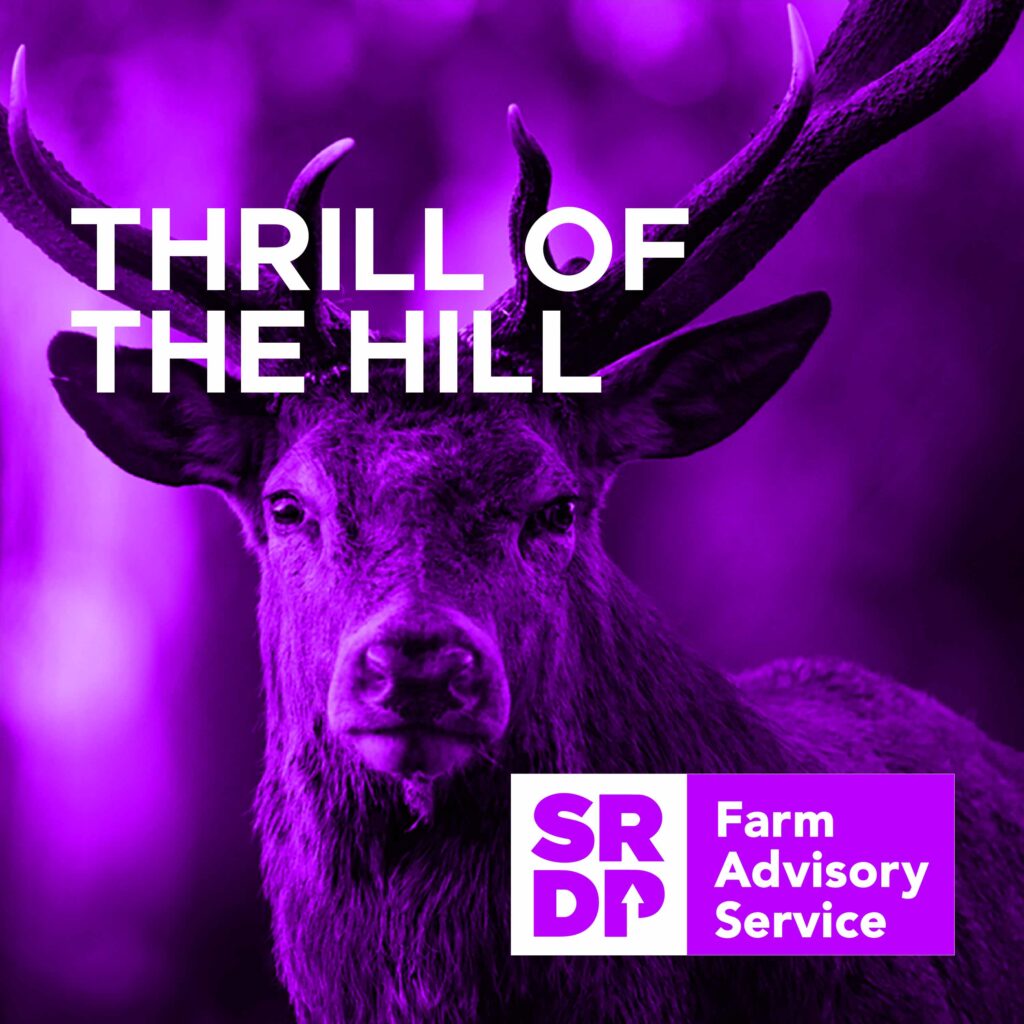Habitat and Landscape Management
Managing Corncrake Cover – Get Advice on your Smartphone
In Scotland, particularly in the islands and some mainland areas, corncrakes are an iconic species. Their distinctive “crex-crex” call is woven into the cultural history of crofting and traditional farming landscapes. If you’d like support with helping corncrake, you can request a free virtual consultation with a corncrake advisor through the Corncrake Cover Advice service….
River Catchment Management at Landscape-Scale
Biodiversity conservation is often more effective when implemented across larger areas than a single farm. Collaboration within farmer clusters and with other stakeholders enables farmers to implement measures to enhance biodiversity at a landscape-scale. It can also help foster a sense of community and shared responsibility for the environment. This is particularly the case within…
Muirburn Licence Scheme Changes
It has recently been confirmed that the implementation of the licence scheme will be delayed until Autumn 2026. It was previously expected that by 1st January 2026, it would be a requirement to have a licence to carry out muirburn with the online application process launching on the NatureScot website. The reason behind this change…
Conserving the Corn Bunting in Scotland
Biodiversity conservation is often more effective when implemented across larger areas than a single farm. Collaboration within farmer clusters and with other stakeholders enables farmers to implement measures to enhance biodiversity at a landscape-scale. It can also help foster a sense of community and shared responsibility for the environment. A multi-year period of partnership working…
Valuing Scotland’s Game Bird Sector – The Pheasant
The pheasant (Phasianus colchicus) is not a native species to Scotland or the UK, but it has become a well-established part of the landscape, especially due to its role in driven game shooting. The species belongs to the Phasianidae family (related to partridges, quails, and junglefowl) and is a ground-nesting, omnivorous bird that are native…
How Land Managers can help Atlantic Salmon
Atlantic salmon (Salmo salar) are iconic of Scotland’s rivers and lochs – a keystone species whose health reflects the condition of our upland catchments. As migratory fish, salmon depend on clean, well-connected freshwater systems from spawning grounds high in the hills to feeding grounds far out at sea. Their populations face growing pressures, but land…
Policy Shift in Deer Management for Climate and Nature
Scotland’s wild deer populations have reached historically high levels – estimated at around one million animals, double the 1990 figure. These include red, roe, sika, and fallow deer. Without natural predators and with expanding ranges, deer are increasingly causing ecological and land management issues across the country. The unchecked growth of deer populations has resulted…
Tools and Resources for Identifying Habitats
Identifying habitats allows you to better understand what exists on your farm or croft and the condition of these habitats. This can help you to prioritise management actions or the creation of new habitats. Identifying habitats now can also make the completion of a biodiversity audit under the Whole Farm Plan easier. FAS have a…
Nature Restoration Fund 2025: A Call to Action for Scotland’s Land Managers
The Scottish Government’s Nature Restoration Fund (NRF) has returned for a new round of funding in 2025, bringing with it fresh opportunities for landowners, farmers, crofters, and community groups to make a lasting difference to Scotland’s natural environment. With two key funding streams – Helping Nature and Transforming Nature – the NRF is more accessible…
Thrill of the Hill – Between a Rock Rose and a Hard Place
Thrill of the Hill is back for season 6! Armed with a new team, new ideas and a range of new speakers, Alex takes on the hot topics impacting the farmed upland environment. Often overlooked and easily mistaken for its more common relatives, the Northern Brown Argus butterfly is a small but significant species found…



